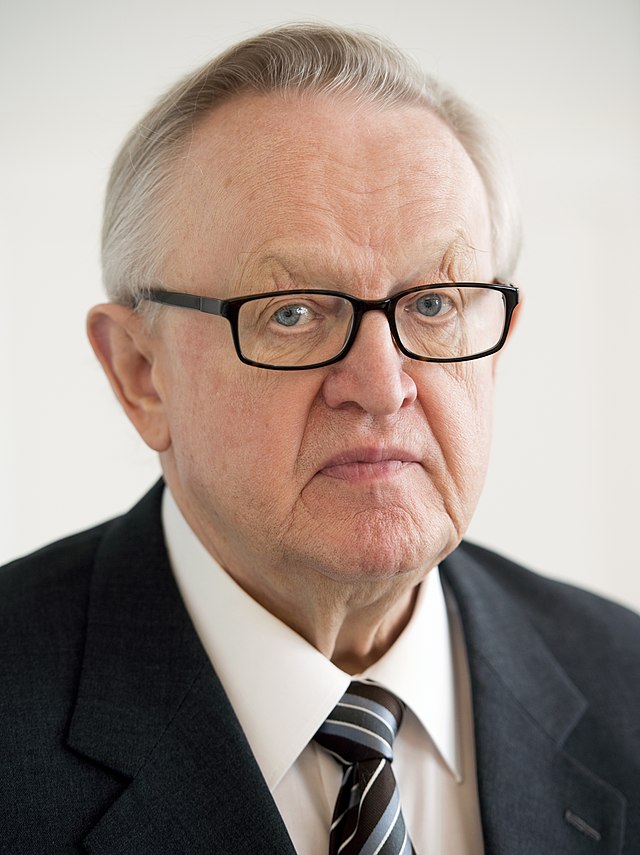Martti Ahtisaari: The 10th President of Finland

Martti Ahtisaari, the 10th President of Finland, is a prominent figure in Finnish and global politics. Born on June 23, 1937, in Viipuri, Finland (now Vyborg, Russia), Ahtisaari’s tenure as President from 1994 to 2000 was marked by his commitment to peace, diplomacy, and human rights. This essay explores his life, career, and significant contributions to Finland and the world.
Early Life and Education
Martti Ahtisaari’s journey towards becoming the President of Finland began with his upbringing and education. After his family was evacuated from Vyborg during World War II, Ahtisaari settled in Kuopio, where he attended school. He later studied international law at the University of Oulu, which was the foundation for his successful career in diplomacy.
Career in Diplomacy
Ahtisaari’s diplomatic career began in the 1960s when he joined the Finnish Ministry for Foreign Affairs. He served in various diplomatic roles and became renowned for his skills in conflict resolution and negotiation. His work with the United Nations brought him to the forefront of international diplomacy.
One of his most notable achievements was his role in the negotiations to end the conflict in Namibia. Ahtisaari’s efforts as a UN Special Representative played a crucial role in the successful resolution of this long-standing dispute, leading to Namibian independence in 1990.
Presidential Tenure
In 1994, Martti Ahtisaari was elected as the 10th President of Finland. His presidency was marked by a focus on maintaining Finland’s neutrality and independence while actively engaging in international diplomacy. He was a strong advocate for Finland’s membership in the European Union and worked towards strengthening the country’s ties with Western democracies.
Ahtisaari’s presidency was also notable for his dedication to human rights and peacekeeping. He was actively involved in peace mediation efforts in various international conflicts, reflecting Finland’s longstanding tradition of promoting peace and stability.
International Role in Conflict Resolution
After leaving the presidency, Martti Ahtisaari continued to play a significant role in global peace efforts. In 2005, he founded the Crisis Management Initiative (CMI), a non-governmental organization dedicated to resolving conflicts through mediation and dialogue. Through CMI, Ahtisaari continued his work as a mediator in various international conflicts, including the Kosovo status talks.
Perhaps his most prestigious recognition came in 2008 when he was awarded the Nobel Peace Prize for his tireless efforts in resolving conflicts and promoting peace and human rights. The Nobel Committee praised Ahtisaari’s “important efforts to resolve international conflicts,” emphasizing the profound impact of his work on global peace and stability.
Legacy and Impact
Martti Ahtisaari’s legacy is one of unwavering commitment to diplomacy, peace, and human rights. His contributions to resolving conflicts and promoting dialogue have left a lasting impact on international relations. His work has not only earned him global recognition but has also enhanced Finland’s reputation as a nation dedicated to peace, neutrality, and diplomacy.
Conclusion
Martti Ahtisaari, Finland’s 10th President, is a remarkable figure in Finnish history and international diplomacy. His lifelong dedication to peace, conflict resolution, and human rights has left an indelible mark on the world. From his early years in Kuopio to his Nobel Peace Prize, Ahtisaari’s journey exemplifies the power of diplomacy and the enduring importance of peaceful resolution in a world marked by conflict and division. His contributions continue to inspire diplomats, peacemakers, and leaders worldwide.





